|
Roughly eight years since its construction began, the massive hangar located at the remote southern end of the Air Force's clandestine flight test center at Groom Lake, better known as Area 51, has seemed to have had little to no activity. Based on commercial satellite imagery and sporadic video taken by hikers from Tikaboo Peak dozens of miles away, there have never been more than a handful of vehicles nearby and nothing of significance in terms of infrastructure has been built up around it. Now, for the first time, satellite imagery from Planet Labs not only shows activity around the mysterious hangar, but the nature of that activity is a never-before-seen exotic delta-wing aircraft parked on its northern apron. We came upon this development after doing our regular scans of Planet Labs' low-resolution imagery of various locales of interest across the globe. Area 51 is always a popular spot when it comes to publicly available satellite imagery. When glancing at daily 3-meter resolution images of the base we noticed the appearance of a roughly delta-shaped blob on the north apron of the large southern hangar. The first shot that contained this object was dated January 26th, 2022. Since we had never seen any action around this hangar, we found it odd. Maybe it was a large group of vehicles or some sort of new construction? The blob remained there in Planet Labs' low-resolution imagery through the 28th. A high-resolution Planet Labs image, dated January 29th, 2022, told a much richer story — that the blob was actually an exotic delta-shaped aircraft under an unenclosed skeleton-like structure just sitting in the middle of the apron. The structure itself is a modular/temporary aircraft shelter — similar to the one below — with its rear wall up but its top covering not installed. These are very common structures used around the globe, especially by the U.S. military. The aircraft in question measures roughly 65 feet long and 50 feet wide — about the size of a Su-27 Flanker — and has wings that are reminiscent of Concorde, with its elegantly curved 'ogival' leading edge. Even the mystery aircraft wing's trailing edges are curved, leading to almost scimitar-like wingtips that may be turned upward. Overall, the wings have a flowing, almost organic appearance. The aircraft has no discernable tail surfaces with what is likely its exhaust extending to the rear and blended with the curved trailing edges of the wings, providing something of a rear apex. Its forward fuselage tapers into what is most likely a pointed nose. There is no doubt about it, this is a fluid-looking design that would likely be very impressive to view close up. As to what it could be, we don't know. But the size and shape are broadly similar to notional Next Generation Air Dominance (NGAD) and 6th generation fighter-related concepts we have seen — for both the USAF and the Navy — which are depicted as heavy, tailless, low-observable tactical jets with modified delta-wing planforms. It has been officially disclosed that an NGAD demonstrator has been in flight testing for some time and has shown great promise, although the nature of this program remains widely misunderstood in the press. It is a family of systems, which will include long-range penetrating and possibly other unmanned combat air vehicles alongside what will likely be an optionally manned very-low observable platform that puts an emphasis on regional endurance and a sizeable payload, not high maneuverability, along with the latest in networking and sensor capabilities. This central tactical jet design could even come in two wing configurations. These optionally manned and unmanned NGAD platforms will be developed together with a number of ancillary technologies that will enable them to fight cooperatively. So the idea that NGAD is a new 'fighter' seems to be more of a legacy term used for familiarity's sake than accuracy. In fact, the manned portion of the program will likely need a new descriptor altogether, although tradition may stand in the way of that happening. That is just one secretive program that we know exists and generally matches the description, but there are many others underway we do not know any firm details about. Area 51 has multiple programs of varying sophistication and maturity underway at any given time. Those related to high-speed flight and unmanned capabilities are very likely what's keeping the facility the busiest these days, as well as continued work in general low observable aircraft flight test and foreign materiel exploitation (FME) initiatives. The mystery aircraft's wing shape being so reminiscent of Concorde, along with what could be upturned 'rolled' wingtips, does seem to point to a highly efficient design that would have significant supercruise (flying beyond the speed of sound without the use of afterburner), if not outright very-high-speed capabilities. Development work in the high-speed flight realm has exploded in recent years, especially when it comes to hypersonic aircraft and missiles. Somewhat famously, Lockheed Martin's then CEO Marylin Hewson noted that the company could have an F-22-sized flying demonstrator for its hypersonic combined cycle engine ready for around $1B and in just a few years' time. That was back in 2016. What followed was a seemingly bizarre media push regarding the notional SR-72 hypersonic spy and attack drone. That initiative seems to have gone largely dark since then, but it is possible the aircraft we are seeing is that demonstrator. At least the size and timeline seem to fit. On top of that, the Air Force is currently pursuing a hypersonic flight test program known as Mayhem. Details about this project are limited, but we do know it is tied into work relating to advanced high-speed jet engines and is seeking to build demonstrators configured to perform strike and intelligence, surveillance, and reconnaissance (ISR) missions. This is all very much in line with how Lockheed Martin had described its vision for the SR-72. Still, it isn't clear if the wing design seen in the satellite image would support such incredible speed, although there has been chatter for years about variable geometry wings for very high-speed aircraft, basically where the small wing extensions fold partially forward into the fuselage after takeoff and climb, greatly decreasing the span and basically leaving a highly-swept wedge-like diamond planform for very high-speed cruise. This would provide the best of both worlds and allow the aircraft to recover at speeds that would be feasible on large standard runways. However, these concepts have been batted around for years and while one can could see how it could work with this basic design, if the wingtips are upturned, it would make such a configuration seem like a remote possibility. Regardless, even a static-wing aircraft that can supercruise very efficiently at supersonic speeds would be a major capability advantage. Something related to efforts in developing and testing still mysteriously missing advanced unmanned combat air vehicles is also a possibility. Even at the highest levels, bringing these kinds of capabilities into an operational state is finally becoming a priority. Considering the increasing focus on advanced drone swarms, teaming, and infusion of AI into the air combat arena, this is likely a major focus of testing ongoing at the expanding base. So, while the aircraft's planform matches most closely with NGAD's centerpiece platform, and we know for a fact that type is flying, we have no real idea if it is related to that program. We can't even say for certain what this aircraft's objectives are beyond what we can gather generally from its planform and our analysis is still in a very preliminary state. All that being said, we must underscore that spotting a totally new and exotic aircraft design in the open at Area 51 is largely unprecedented, and for very good reason. It is widely known that those who run the facility are masters at concealing what they need to conceal. The place literally wrote the book on clandestine flight test operations going back to the dawn of the U-2 spy plane. They know when every imaging satellite is passing over and refine their operations, much of which occurs under the cover of darkness, accordingly. Area 51 garners massive interest from the public as well as foreign countries, both allied and not, all of which have access to imaging satellite capabilities. In other words, they know they are being watched every single day overhead. While vague glimpses of mysterious objects in the shadows may have occurred, it's very unlike them to leave a highly-sensitive test article just sitting on a vacant apron for any imaging satellite or even onlooker from afar to gawk at. This prompts a very intriguing question—why was this airframe left out in the open at all? One could argue that the intention was for this aircraft to be seen. With all the strategic signaling going on these days, that would not be out of the realm of possibility. Certainly, similar sightings have occurred at foreign developmental airfields, but they are not the same as Area 51. In fact, considering where this happened and the facility's long record of perfection when it comes to hiding everything it needs to from satellites overhead, this would seem far more probable than possible. One other idea that came to mind is that this could be one of the many long-retired prototype aircraft that are thought to be stored at Area 51 after their testing career has come to a close. They are the lucky ones, others are said to be buried all around the highly restricted grounds—too costly to declassify and no room for them to be stored. Due to the odd placement of the non-covered shelter, the only thing we can think of is maybe one of these planes is being used to test a new towable shelter system, but that really doesn't add up either. Those aircraft would still be undisclosed and they can just use one of the F-16s based there or another mundane aircraft to do that. As for what's in the big hangar nearby the mystery aircraft, we still have no idea. Its tall and elongated dimensions, as well as its secluded locale, have caused much speculation as to what it was built to hold, but its location may point to something of extreme sensitivity, both in terms of secrecy and potentially physical volatility. Everything from some sort of new high-speed aircraft that may run on especially volatile fuel to a parasite two-stage-to-orbit mothership concept has been floated. What is clear is that the structure is very opposite of the wide and low-slung hangars commonly associated with subsonic low-observable aircraft, like stealth bombers and high-flying surveillance aircraft. Maybe it houses a mothership for which the aircraft we are seeing is lifted onto and is lofted into the air, similar to the WZ-8 concept. Once again, that would at least explain the hangar's high and elongated dimensions. We just don't know. Some have also posited the hangar is a giant scoot-and-hide shelter designed to get test aircraft out of the view of satellites overhead prior to taking off and after landing. Building such a large and fully enclosed structure for that purpose seems odd, especially considering its size. A large vehicle that would make full use of it would have to live inside a hangar nearby at the main ramp anyway. Still, it's a possibility.
Finally, it's possible that what goes on inside is something of its own unique testing operation — some sort of static signature testing facility or another advanced diagnostic capability in a highly controlled and secure environment. Facilities of a similar nature exist at other far less reclusive test bases. But this too seems somewhat unlikely considering Area 51's focus on actual flight testing. Historically, that kind of work is done elsewhere. This reality also reduces the possibility that the aircraft we are seeing in the satellite image is some sort of a non-flying mockup. In fact, the lack of any sort of significant activity or further development around the big southern hangar has also led to some speculation that whatever it was built for either failed or never even made it into testing at all. Such an assertion is hard to quantify considering much of the testing occurs at night at the base and it is quite an elaborate facility to build just to abandon, although that is certainly possible. Even so, that's not to say something hasn't taken its place in the better part of a decade since its completion. So, while we may have a truly unprecedented satellite image to examine, that's about all we have at this point. The rest is just up to speculation. But still, this image serves as the rarest of visual reminders that amazing aviation history continues to be made out at America's most secretive air base. What do you think this aircraft's purpose is? Does it look like any concept art you have seen in the past? Let us know in the comments below!
0 Comments
Leave a Reply. |
Send us an email at [email protected] if you want to support this site buying the original Division of Aero Patch, only available through this website!
All
|

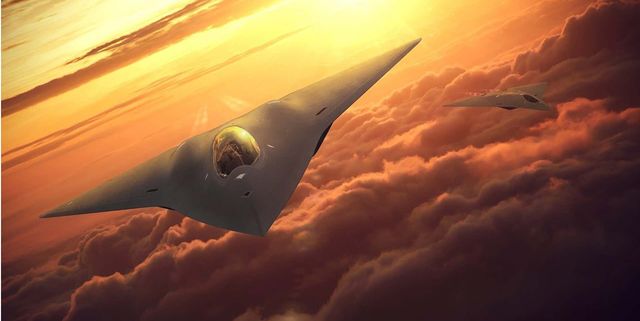
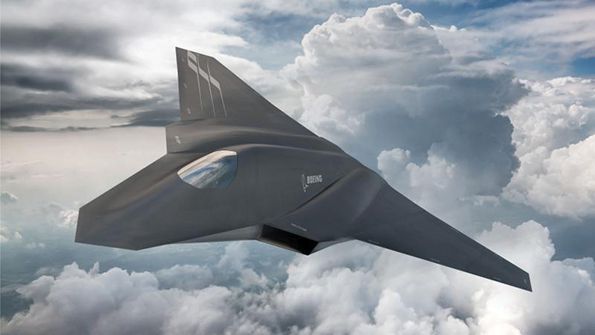
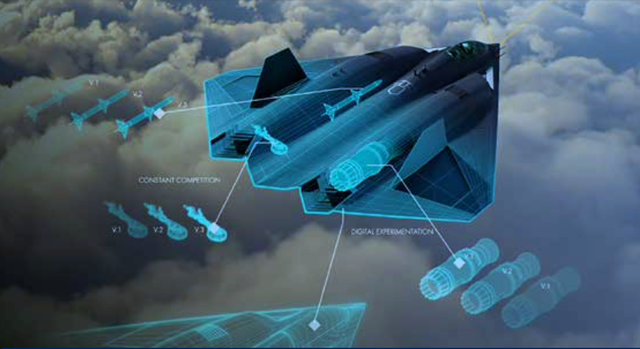

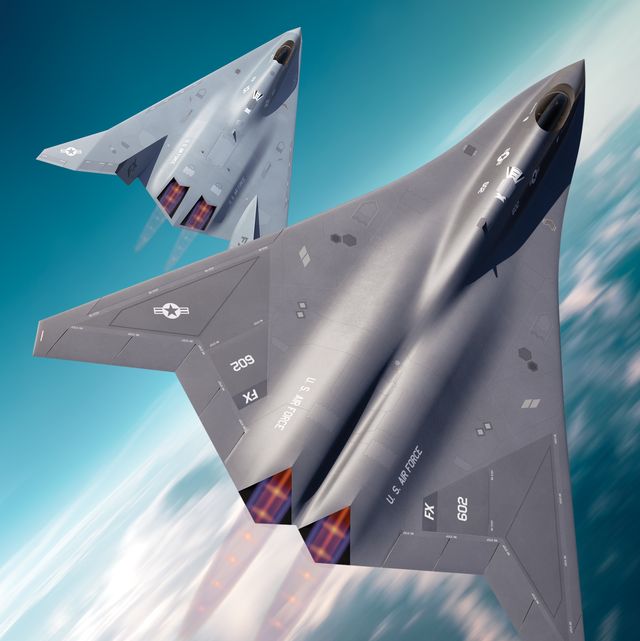
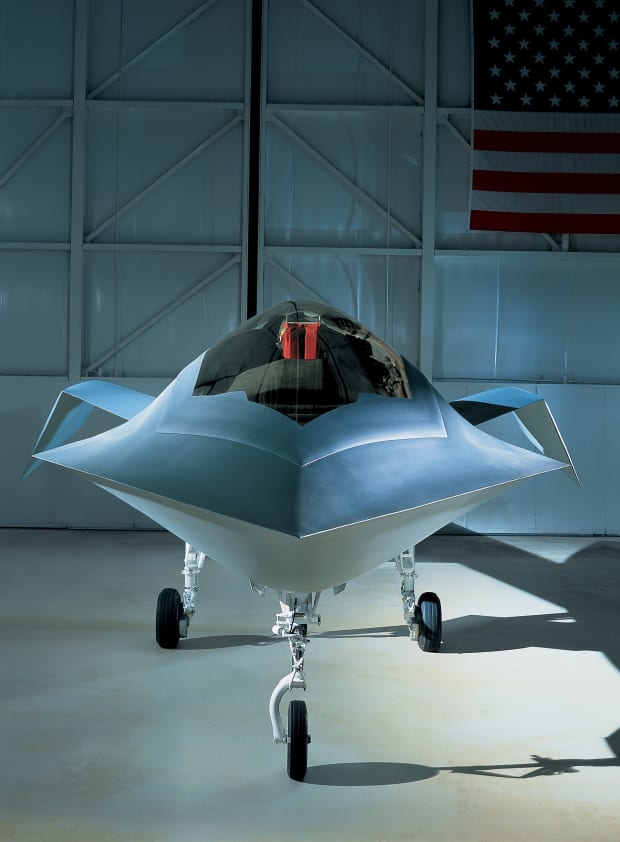

 RSS Feed
RSS Feed